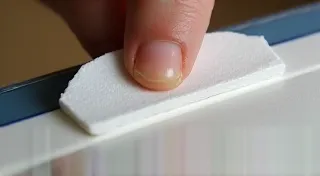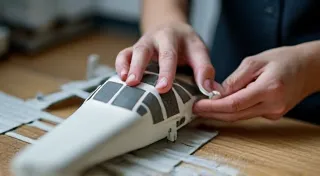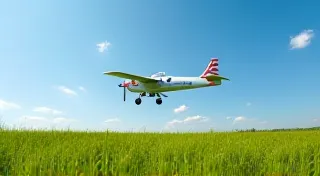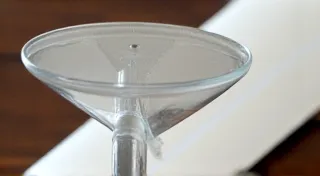RC Airplane Gliding Techniques
Soaring with an RC airplane is one of the most rewarding experiences in the hobby. It’s more than just keeping it aloft; it’s about gracefully riding the air currents, maximizing flight time, and truly appreciating the beauty of flight. This article explores essential gliding techniques that will help you achieve just that.
Understanding Lift and Drag – The Foundations of Soaring
Before we dive into specific maneuvers, it's crucial to understand the two fundamental forces at play: lift and drag. Lift is the force that opposes gravity, keeping your airplane airborne. It’s generated by the shape of the wing (airfoil) and the speed of airflow over it. Drag is the force that resists the airplane's motion through the air. Minimizing drag is key to maximizing flight time.
The relationship between these forces is complex, but the basic principle is to generate enough lift to overcome gravity while minimizing drag to maintain efficiency. The larger the wing area, the more lift is generated. However, larger wings also create more drag. Finding the right balance is vital for a good gliding performance.
Your airplane's design plays a significant role. A well-designed airfoil, clean surfaces, and a stable airframe are all essential for efficient gliding.
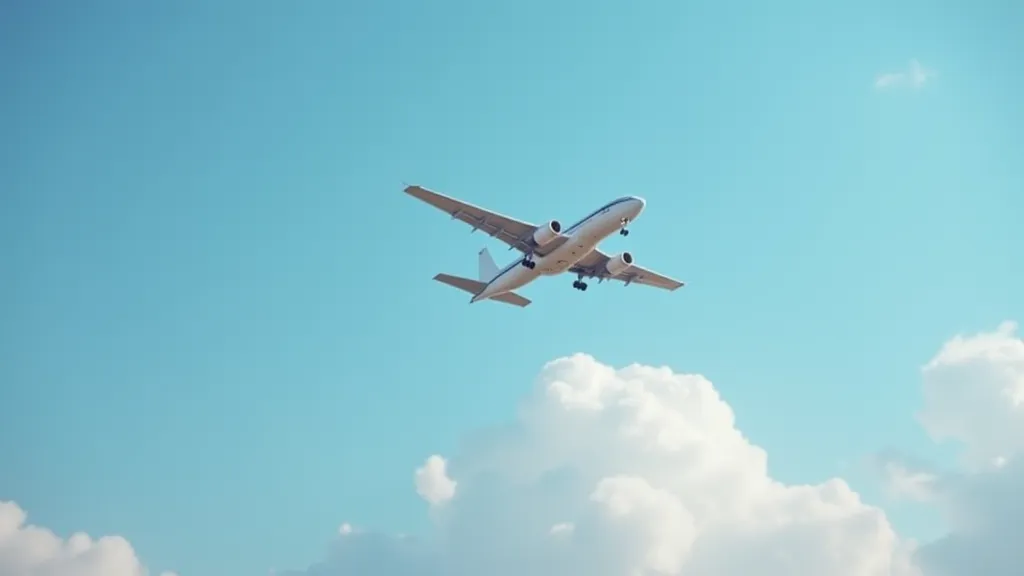
Basic Gliding Techniques
Let's explore some straightforward techniques to improve your RC airplane's gliding performance:
- Launch with a Gentle Push: Avoid aggressive launches. A gentle, level push provides the initial momentum without adding unnecessary stress on the aircraft and allows it to establish a stable glide.
- Trim for Balance: Proper trim is essential. Ensure your airplane is balanced and stable, neither diving nor stalling. Fine-tune the control surfaces (elevators, ailerons, rudder) until it glides smoothly. Small adjustments make a big difference.
- Look for Thermal Activity: Thermals are rising columns of warm air. They're like invisible elevators for your airplane! Look for signs of thermal activity: rising heat shimmering from the ground, circling birds, or cloud formations. Point your airplane into the thermal and let it climb.
- Maintain a Constant Airspeed: A consistent airspeed helps the aircraft remain stable. Avoid sudden changes in throttle or control surface inputs. This also reduces turbulence and drag.
- Use Gentle Control Inputs: Avoid abrupt maneuvers. Small, controlled adjustments are far more effective than large, jerky movements.
Advanced Gliding Techniques
Once you’re comfortable with the basics, you can explore these more advanced techniques:
- Circle Flying: Circle flying allows you to stay within a thermal for longer. Practice maintaining a consistent circle radius.
- Spiral Dive: A spiral dive can be a fun way to gain altitude and energy for a long glide, but requires precise control.
- Ridge Soaring: Ridge soaring involves using wind deflected upwards by a ridge or hill. This can provide a sustained lift source.
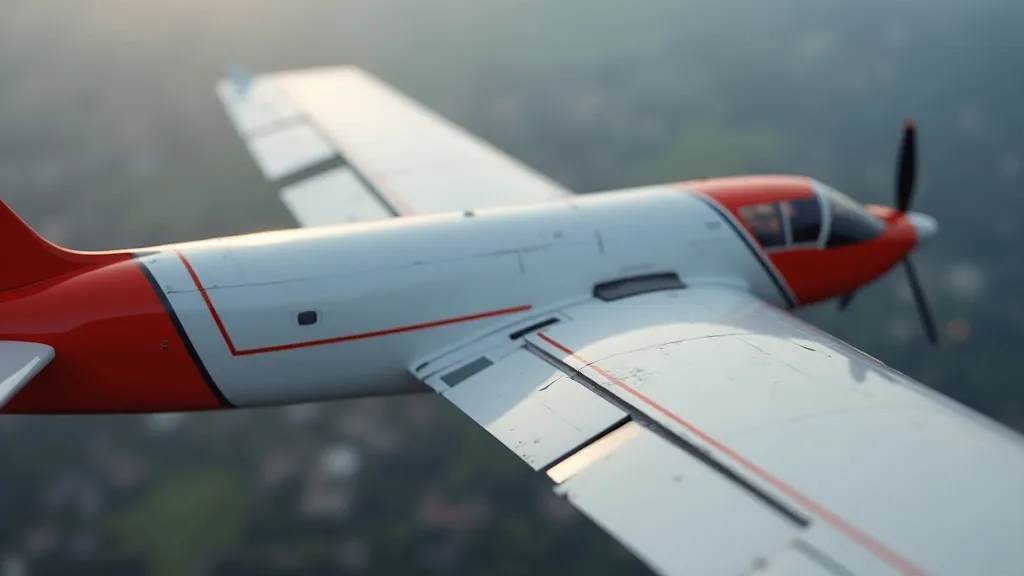
Tips for Minimizing Drag
Reducing drag is paramount for extended glide times. Here’s how:
- Keep Surfaces Clean: Dirt and debris increase drag. Regularly clean your airplane’s surfaces.
- Tighten Connections: Loose connections create turbulence and drag. Ensure all screws, hinges, and other connections are secure.
- Streamline the Design: Sharp edges and protruding components increase drag. Try to streamline the overall design.
- Proper Propeller Selection: Using a propeller with the correct pitch and diameter for your motor and airplane can significantly reduce drag.
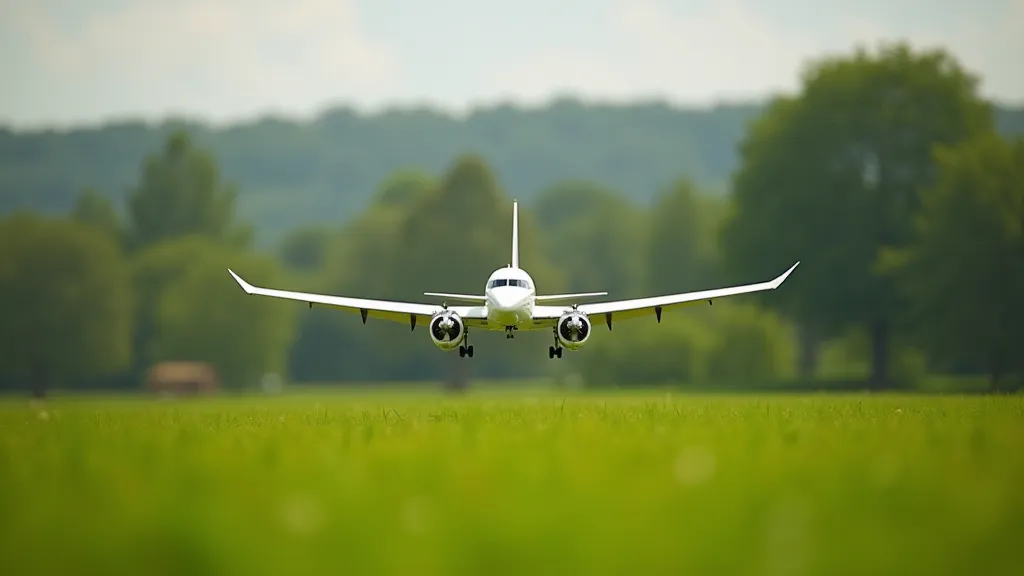
Conclusion
Mastering gliding techniques takes practice and patience. By understanding the principles of lift and drag, applying basic and advanced techniques, and focusing on minimizing drag, you can unlock the full potential of your RC airplane and experience the incredible joy of soaring through the sky. Enjoy the beauty of flight!


